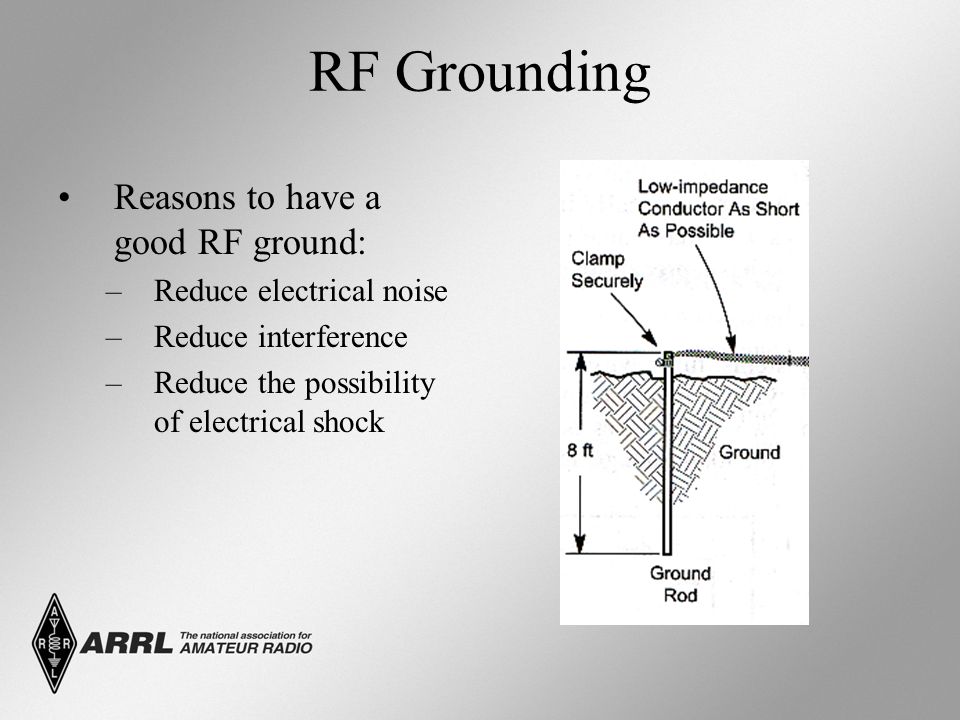RF Grounding: All You Need to Know
When it comes to amateur radio equipment, we’re all novices when we start. However, all it takes is a little practical knowledge and a whole of testing to figure out the right way. You can start your ham radio journey with simple radios, and it’s really fun too!
RF grounding is required only for a specific type of antennas where the ground is needed to complete the current flow. We believe every ham radio enthusiast should have some literature regarding the RF grounding. Because it’s ever so easy to be misled by the fallacies.
WHY DO WE NEED TO GROUND HAM RADIO?
While many people think grounding is not necessary, it’s easily the most overlooked aspect. Grounding serves a lot of functions, especially to the owner of the ham shack.
Before we jump into the essential knowledge of RF grounding, let’s understand why we need to ground the radio stations. Primarily grounding serves three important functions. Let us go over them one by one!
ELECTRICAL SAFETY
Grounding will protect you from shock hazards. You should know about the ham radio electricity basics and ham radio safety. If the high voltage wires come in contact with the chassis accidentally, then proper grounding will be a life-saver.
LIGHTNING PROTECTION
When you are designing a safe, amateur radio station, lightning protection is a must.
STRAY RF SUPPRESSION
Ham radio is a fairly safe activity. However, in recent years, researchers are debating the harmful effects of exposure to such high power-frequency (50-60 Hz) electromagnetic fields and RF energy. To remain in compliance with limits set by FCC, get your station checked.
WHAT ARE RF GROUNDING ESSENTIALS THAT YOU NEED TO KNOW?
It doesn’t matter if you’re a beginner or a veteran in the ham radio space, it’s always good to stay updated! This is why we bring to you the RF grounding essentials that you must know to make the best and safest use of your radio equipment.
BONDING
It’s very impractical to design a wiring system that has a collective low voltage point for all radio equipment. That is why we use a more general term that is bonding. In bonding, all the ham radio equipment is kept at the same RF voltage. The RF voltage doesn’t necessarily have to be zero then.
You can use short wires and bond all equipment to the copper strap. Then, you can use heavy wire to connect the bonding strip to your ground rod.
WEATHER PROTECTION
Having weather protection to your rod connections. This will reduce the corrosion and rust of the wires and amateur radio equipment. RTV compounds, roof patching tar can make for excellent electrical joint coverings. Weather protection gear of electrical equipment is available in all hardware stores.
MAINTENANCE
Good maintenance of ground connections will lead to a long operating life of the radio equipment. We recommend you check them every six months or so to have a safe operating experience of the ham radio.
TO SUM UP
Good grounding of the AC, DC, and radio signals will ensure that you have hassle-free ham radio experience. We recommend you take all the precautions and read the necessary literature before you delve into grounding your antenna circuit.

